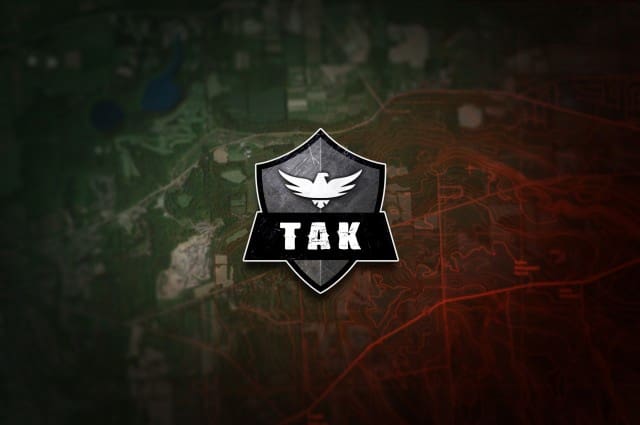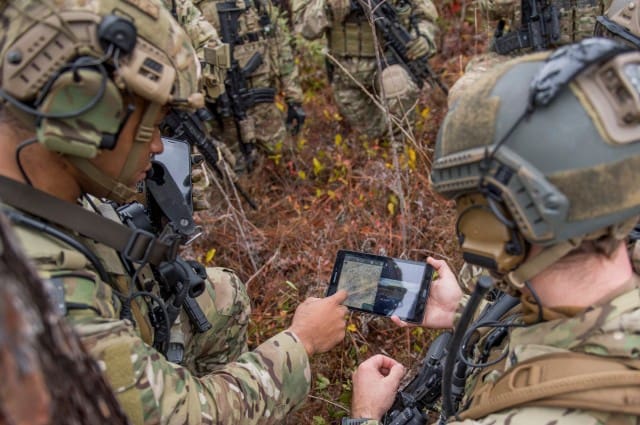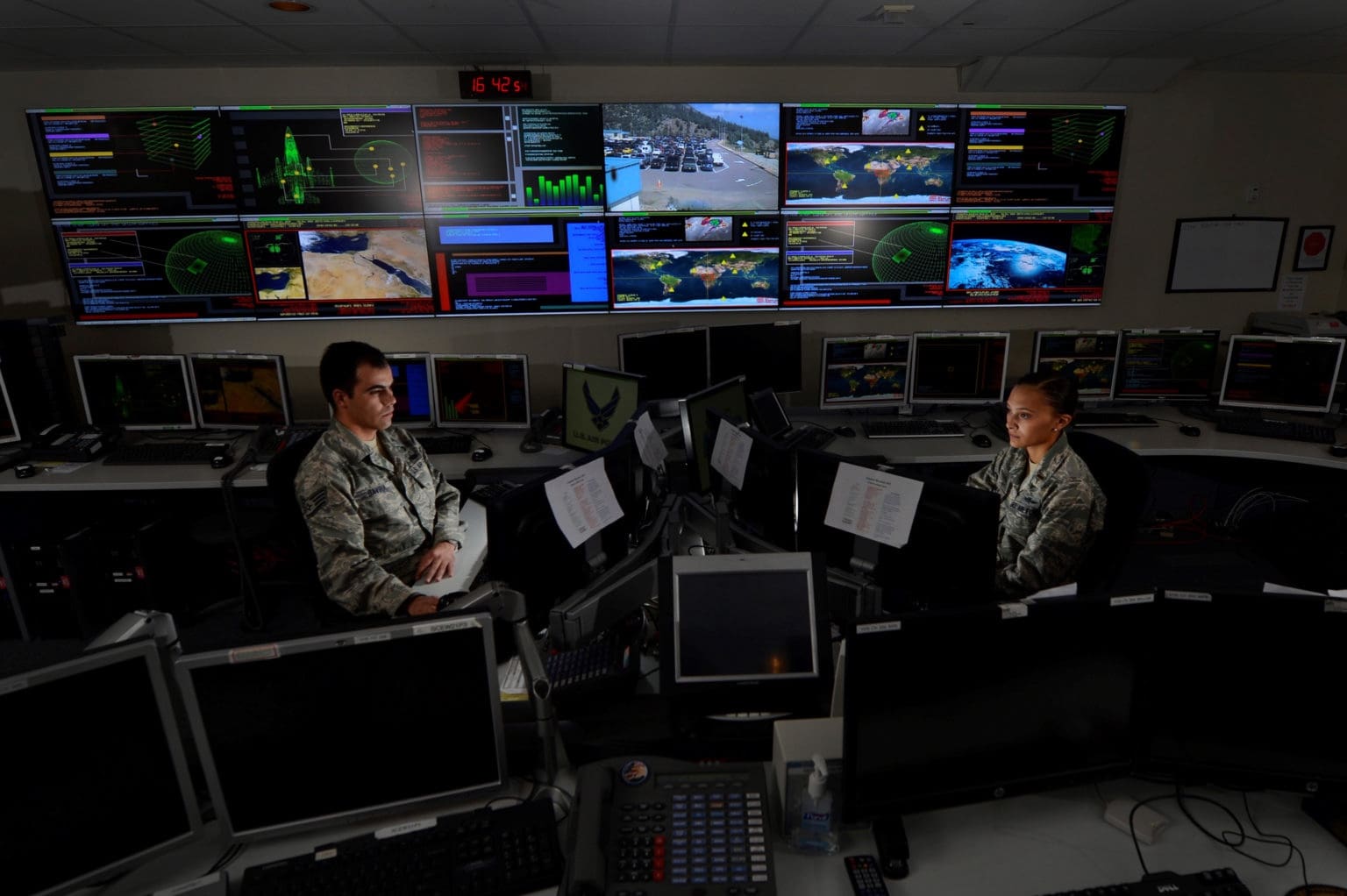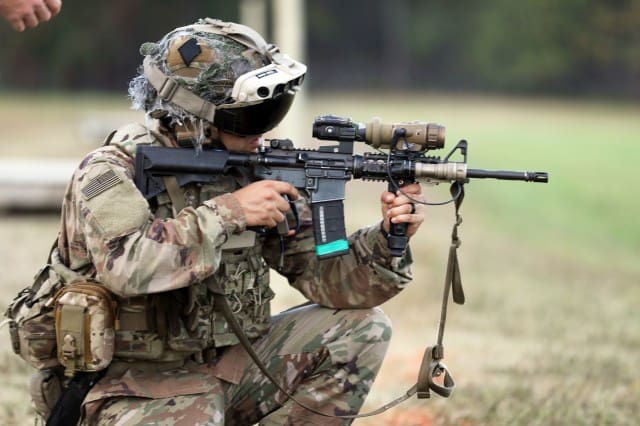
FORT PICKETT, Va. – The third Capability Set of the Integrated Visual Augmentation System (IVAS) was tested at Fort Pickett by 82nd Airborne Soldiers and 25th Marines during October 2020.
The project uses Soldier Centered Design (SCD) to evaluate the IVAS military fighting goggle through operational evaluations. Soldier involvement and engagement at every stage of prototype development has allowed the fast-paced rapid prototype effort to ensure that the final product will positively increase the situational awareness, lethality, mobility, and performance of the close combat force.
“When I look through the IVAS I see how we’re going to fight on the battlefield of the future,” said Staff Sgt. Kester, Weapons Squad Leader.
The Army is developing IVAS as a single platform that allows the Warfighter to Fight, Rehearse, and Train. It integrates next generation 24/7 situational awareness tools and high-resolution simulations to deliver a single platform that improves Soldier sensing, decision making, target acquisition, and target engagement. The visibility that it gives to higher command and control is unparalleled.
“With IVAS you now have the ability to paint a picture for higher ups, almost instantaneously,” said Sgt. Black, Combat Medic. “So now you have a Colonel who’s watching the battlefield like never before. That’s phenomenal, and that has the potential to increase our lethality in a way that we’ve never seen.”
IVAS also provides increased situational awareness for the leadership on the ground.
“In the field, a big part of my job is command and control,” said 1st Lt. Christopher, Platoon Leader. “I am basically moving my squads like pieces on a chessboard and maneuvering them into position and making sure that they’re in the right place at the right time. For me not only can I see where they are with IVAS, but I can actually go into the system and put a point here and say ‘Hey, you all need to go here’ or ‘Hey there are enemies over here watch out!’ I can also send messages non-verbally, so it is very, very critical for me for the command and control aspect.”
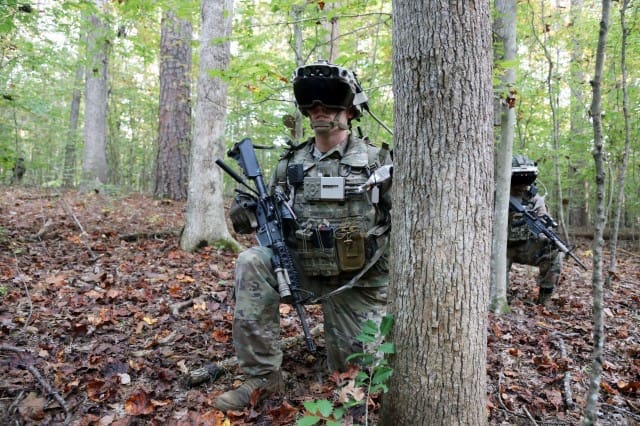
The first IVAS militarized form factor prototype was put through tactical exercise lanes, advance marksmanship, land navigation and squad reconnaissance, movement to contact with hasty attack, and enter and clear a trench to validate the military utility that the technology brings to the squad both day and night. The Soldiers and Marines spent a week learning the new equipment before using it in the various operational tests.
“It was extremely easy to pick up,” said Christopher. “It’s very simple in its controls, the menus and such are very easy to navigate, and they’re categorized in a way that if I want to do this function, easy over there, bring up the map, one button press away.”
Christopher also noted that the Microsoft data collectors had been receptive to their feedback and had already made progress and developments on the input given throughout the touchpoint event. Cpl. Sweckard, Team Leader, 25th Marines also expressed similar sentiments.
“Anytime we conduct any type of training with the IVAS, we immediately make contact with the [data collectors] from Microsoft and provide them with feedback, things that we’ve identified that could be an issue, things that we liked, and how we fixed the issue if we were faced with one,” he said. “That way they can put together the common things that are happening with the device and identify a resolution.”
Because of the similarities in operational responsibilities and as members of the collective close combat force, Marines were present to test the current IVAS capability set specifically during live fire execution.
“What it does for us mainly is combines a lot of things that we currently utilize, such as global positioning devices, or GPS’s, communication devices, as well as land navigation tools and mission planning tools,” said Sweckard. “Those are things that are commonly individual technologies that are now combined into this one system of IVAS.”
The project was initiated in response to an erosion in close combat capability relative to pacing threats identified in the 2018 National Defense Strategy. These capabilities will provide the increased lethality, mobility, and situational awareness necessary to achieve overmatch against our current and future adversaries in any domain.
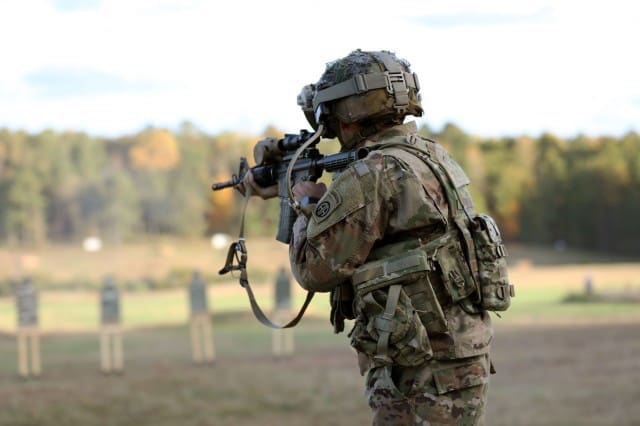
“I think if it’s in the right hands it can be an effective tool, like an aid bag. An aid bag without a medic is nothing, but an infantry guy with IVAS is something much more,” said Black.
Though the Army is specifically developing this high priority modernization effort, the Marine Corps may also leverage the technology for their close combat operations.
“It will definitely be a force multiplier on the battlefield,” said Sweckard. “As a team leader I have three Marines that are under my charge and my basic mission is to employ those Marines in combat, make those three Marines look like 30. If I can do that, that’s going to make the Marine Corps more lethal. With the IVAS I can better achieve that mission, without a doubt.”
The integrated system is expected to be fielded to Soldiers next year.
“When Lieutenant Colonel Winn told us we want to field it next year I thought that was crazy. Then I looked and thought through it and I could see it, I can see the possibilities,” said Kester. “Some of my combat experiences made me pause for thought to look at it like Russia and China, they’ve been pushing technology like this for the last decade. And what have we been doing? Not that.”
Kester added that though he did not know about IVAS before coming to the third Soldier Touchpoint, as soon as he did, he was onboard with Team IVAS.
“I would say the only thing that’s going to hurt this program is people not being imaginative enough or trying to push the limits of what they think is possible, or what Soldiers want. I am really excited to see where this will go,” said Kester.







